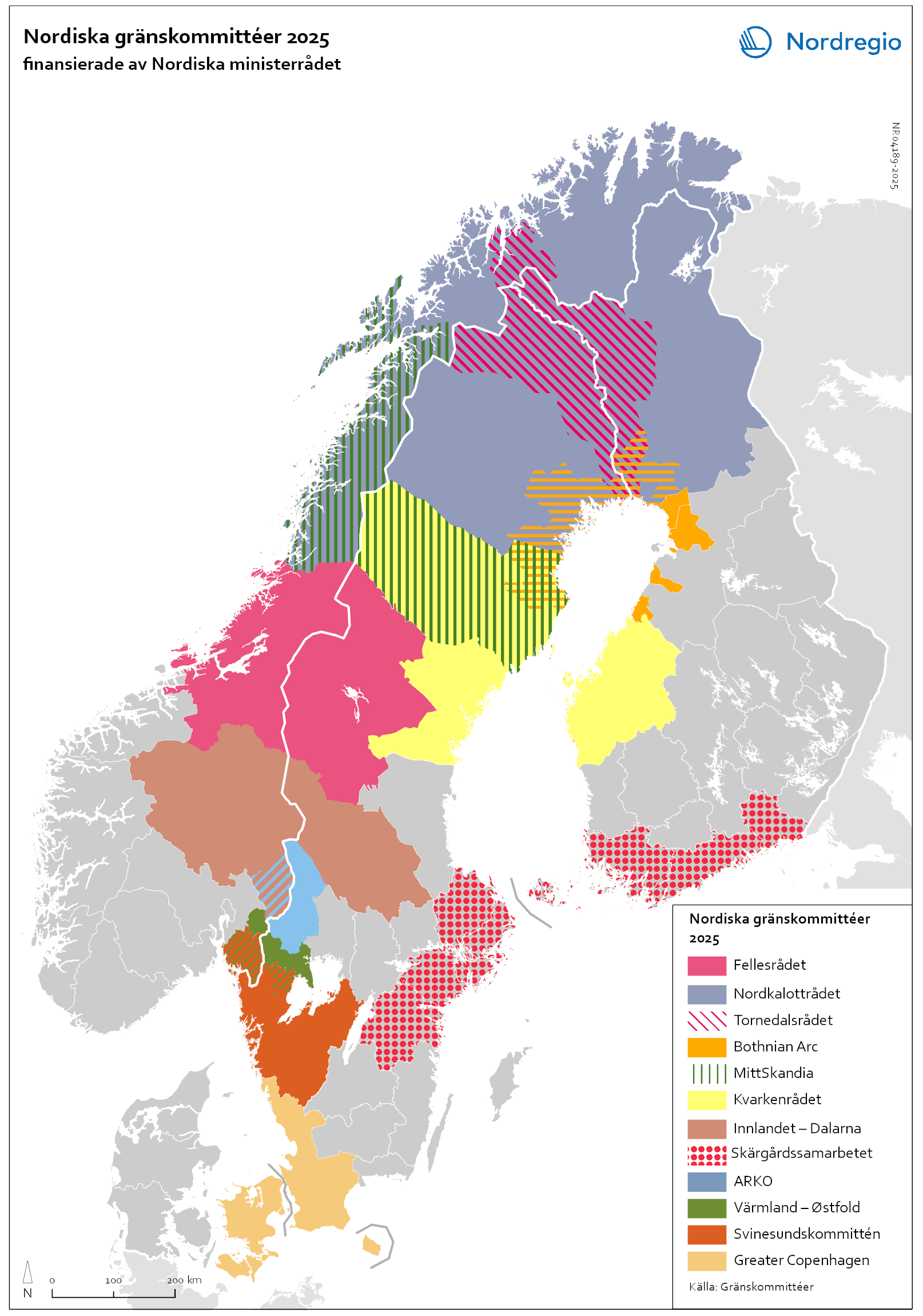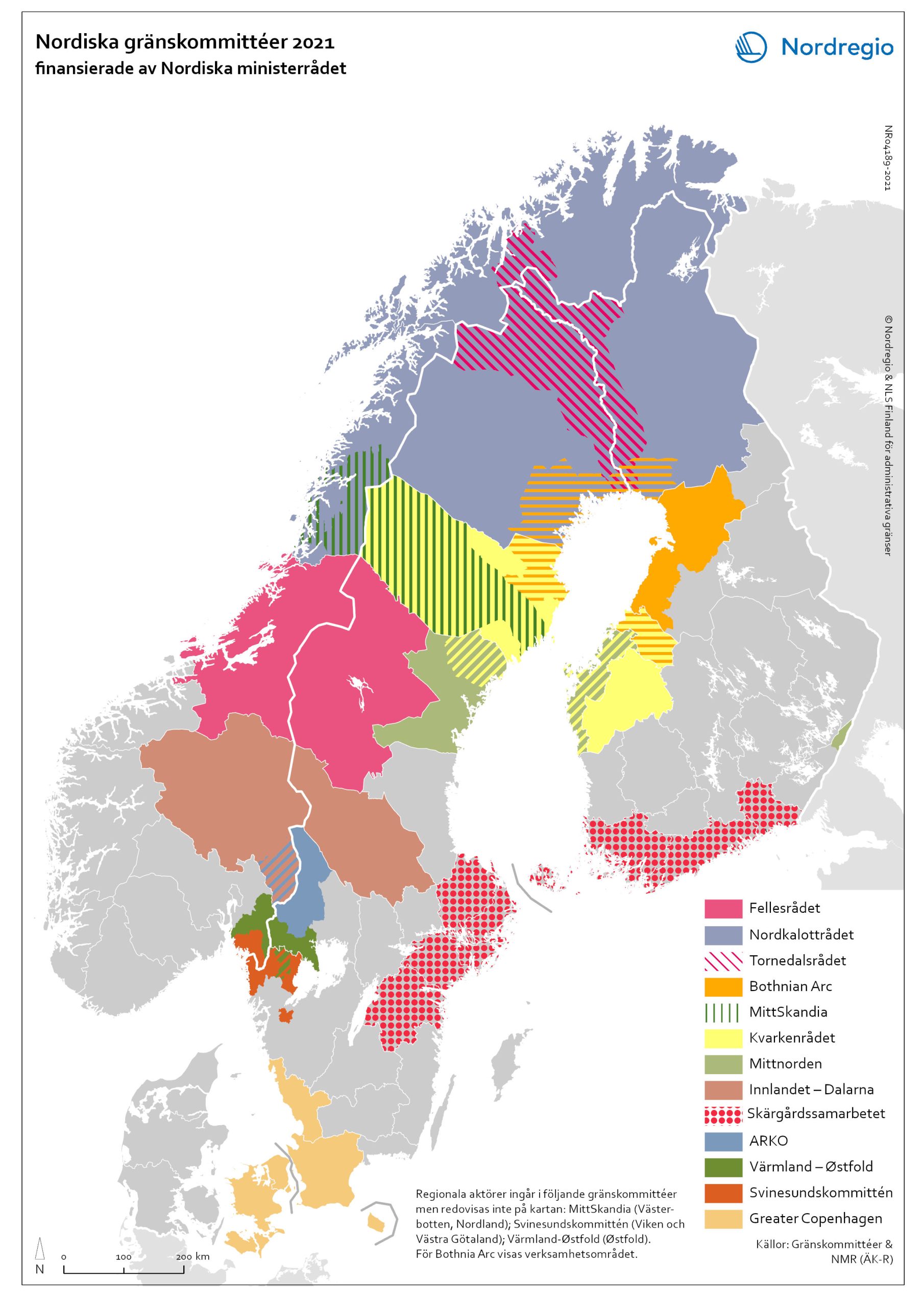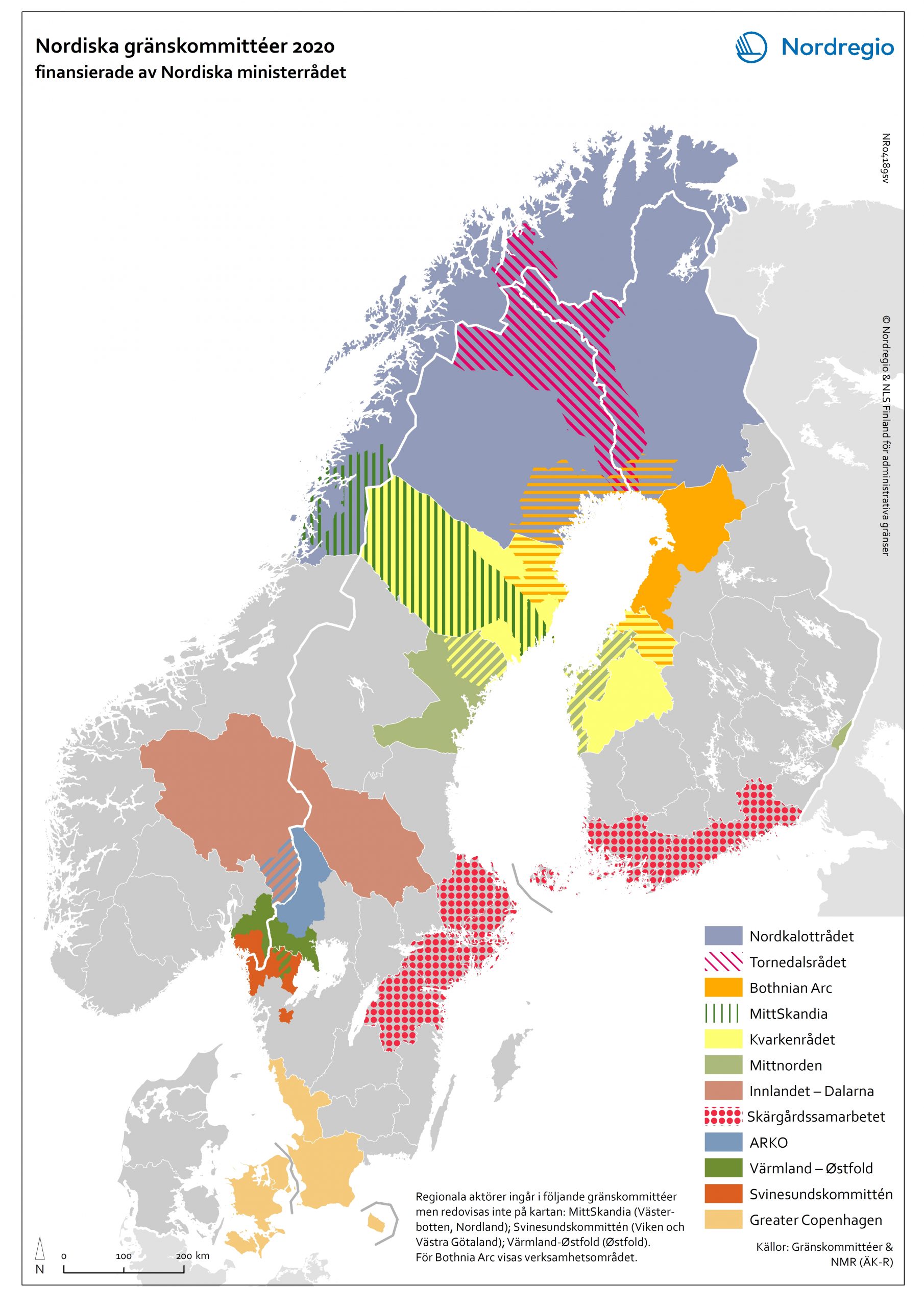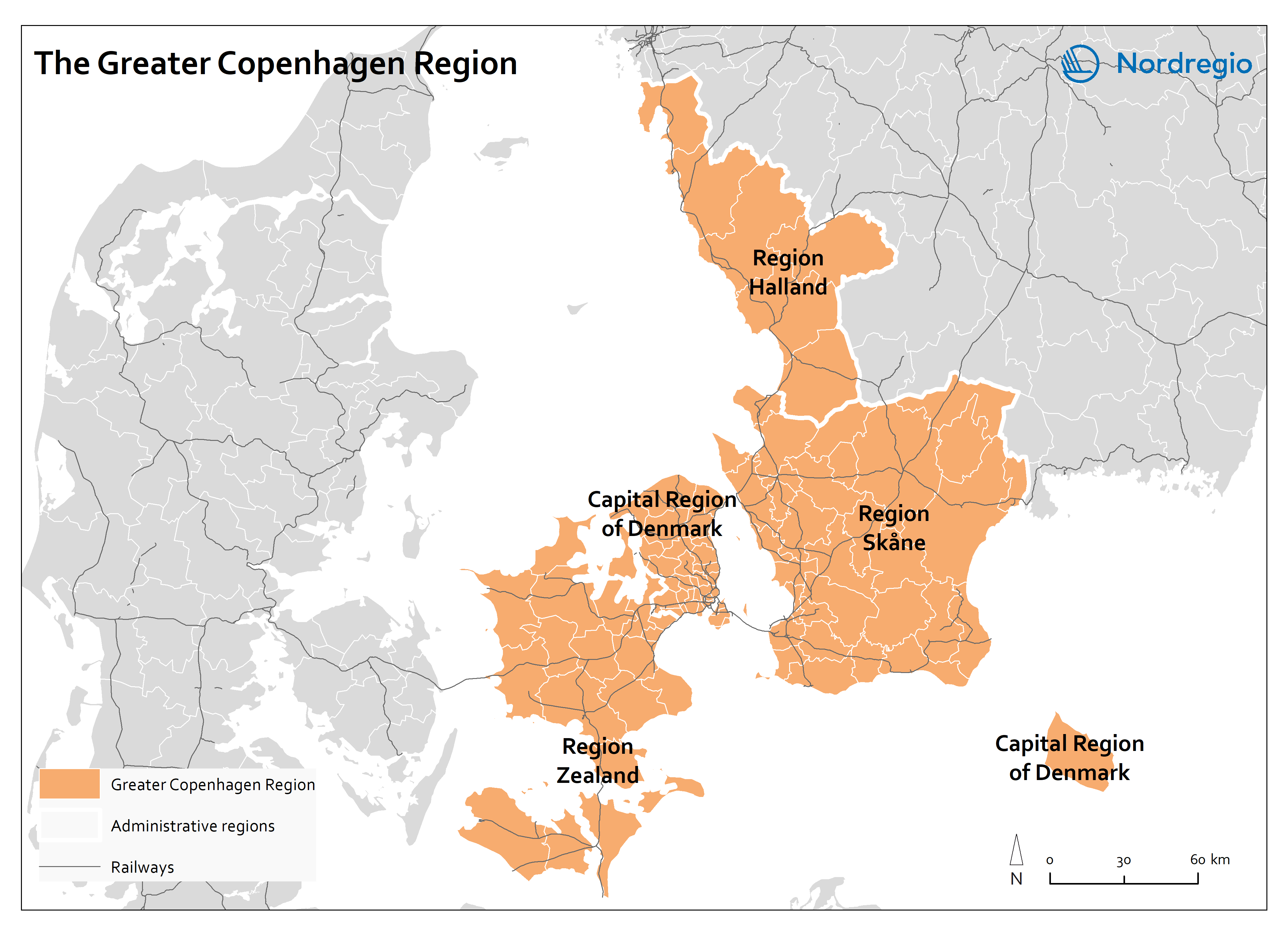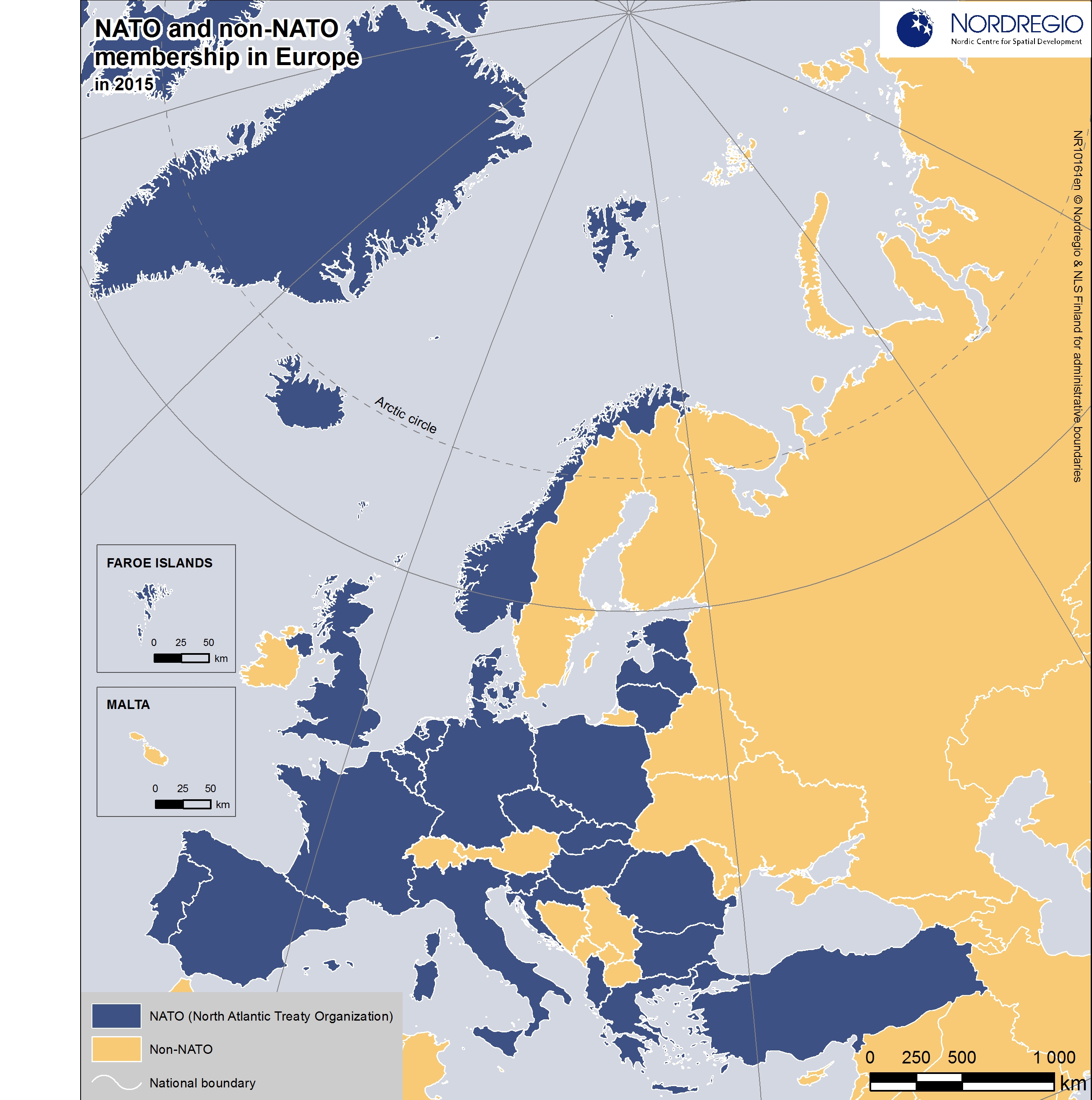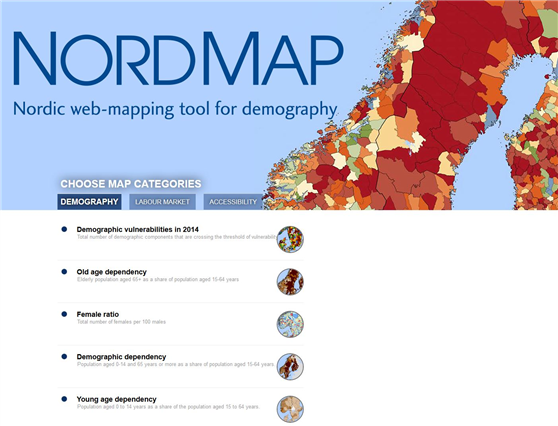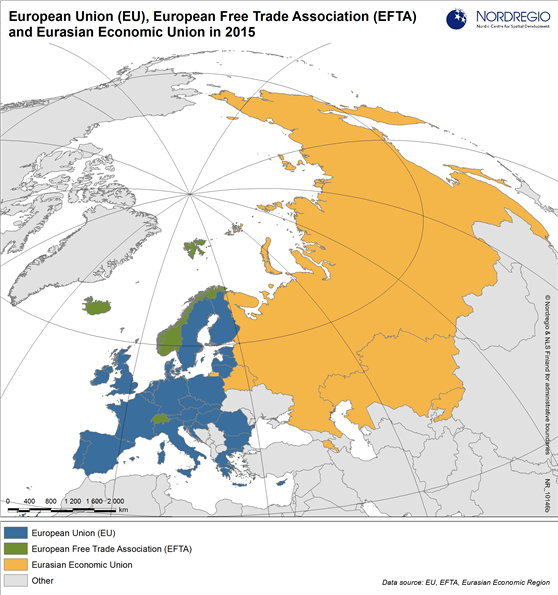26 Maps
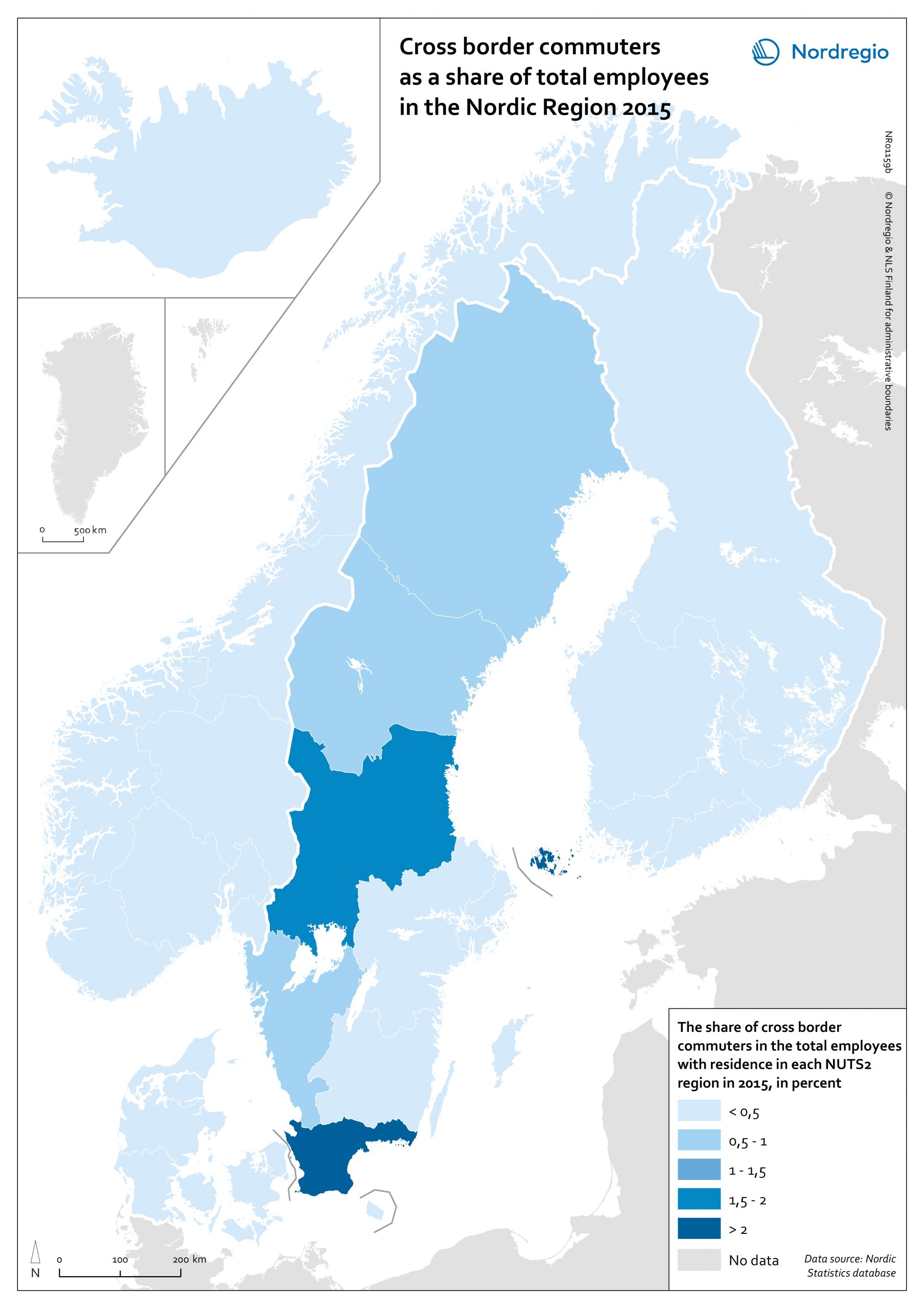
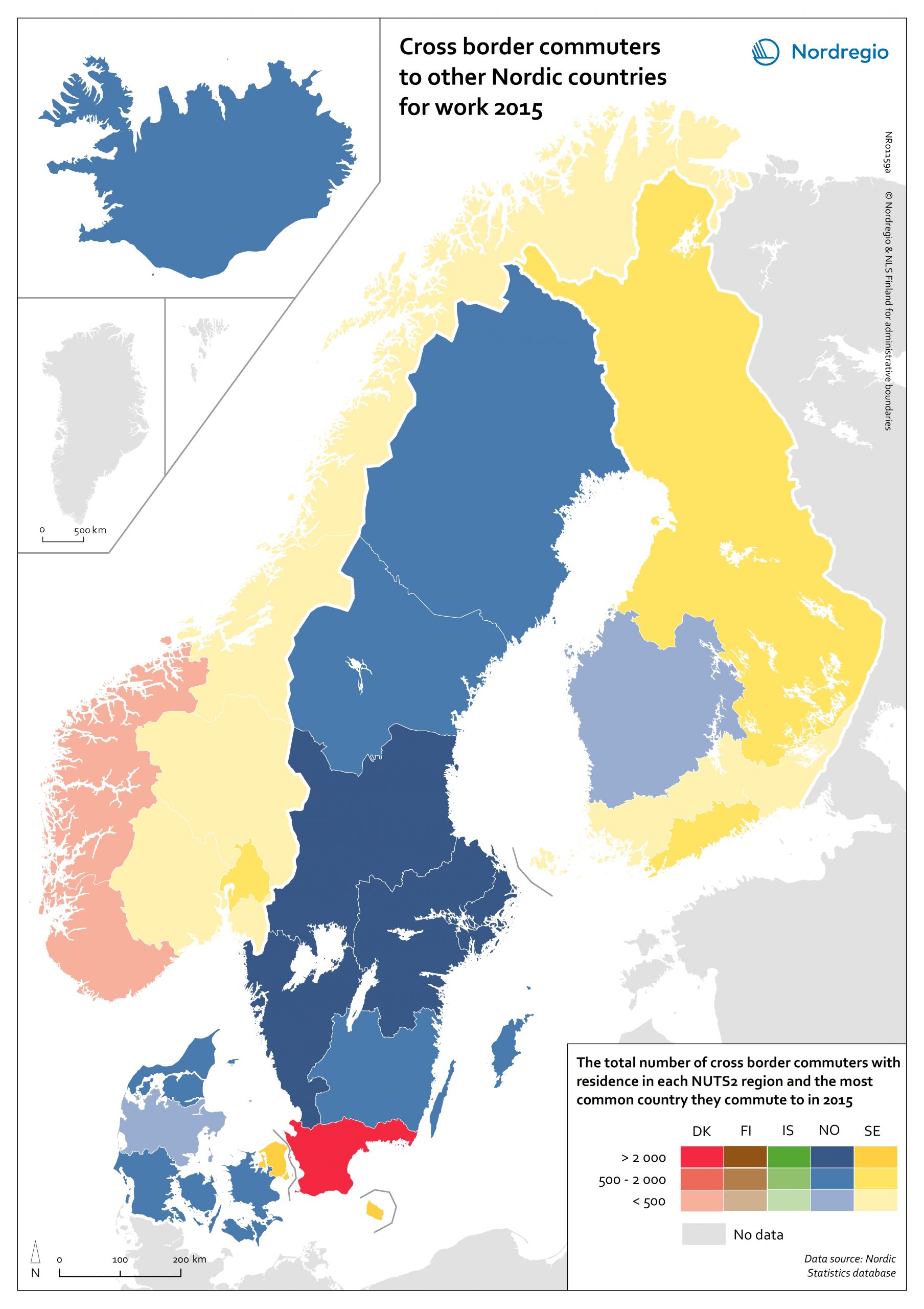
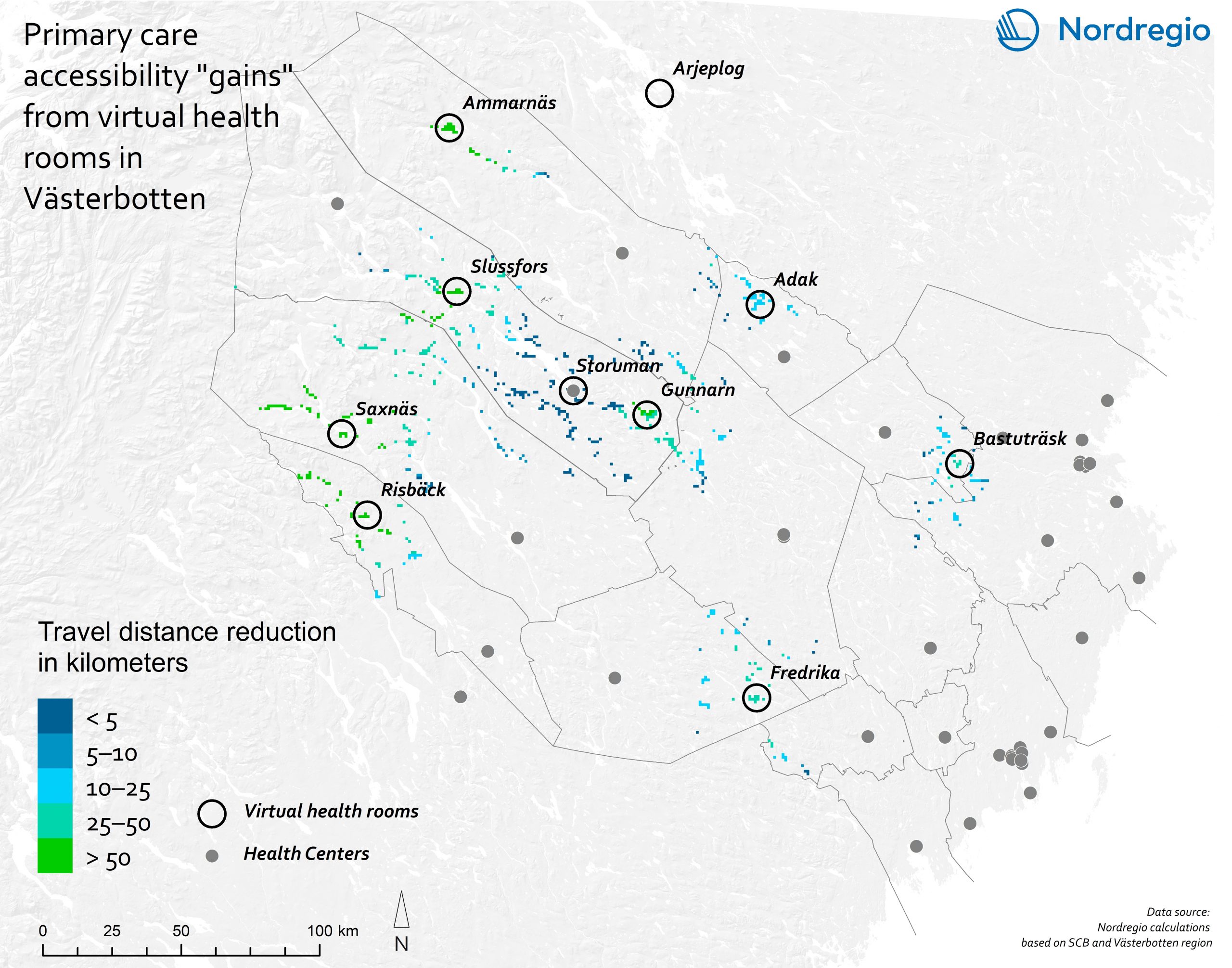

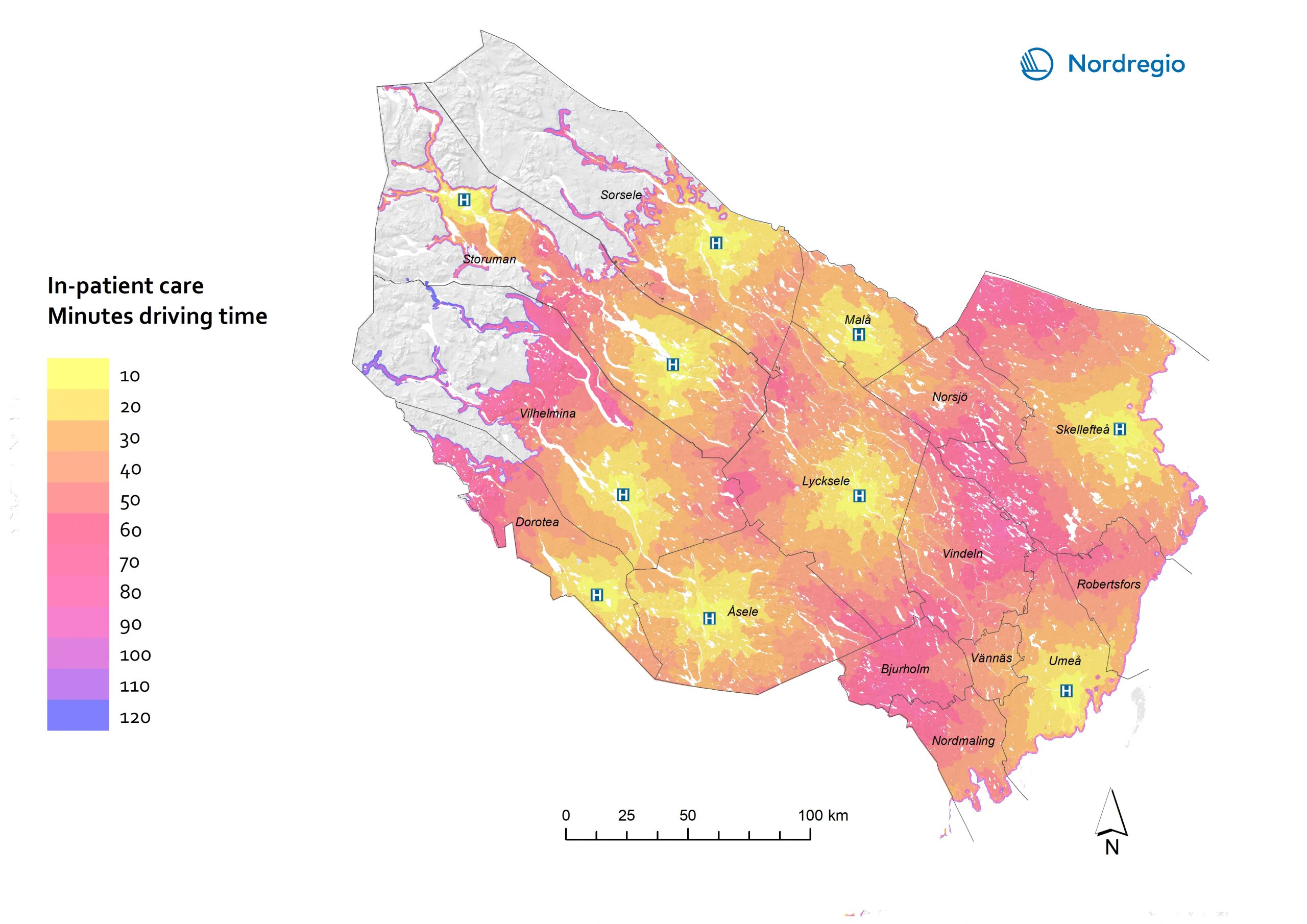
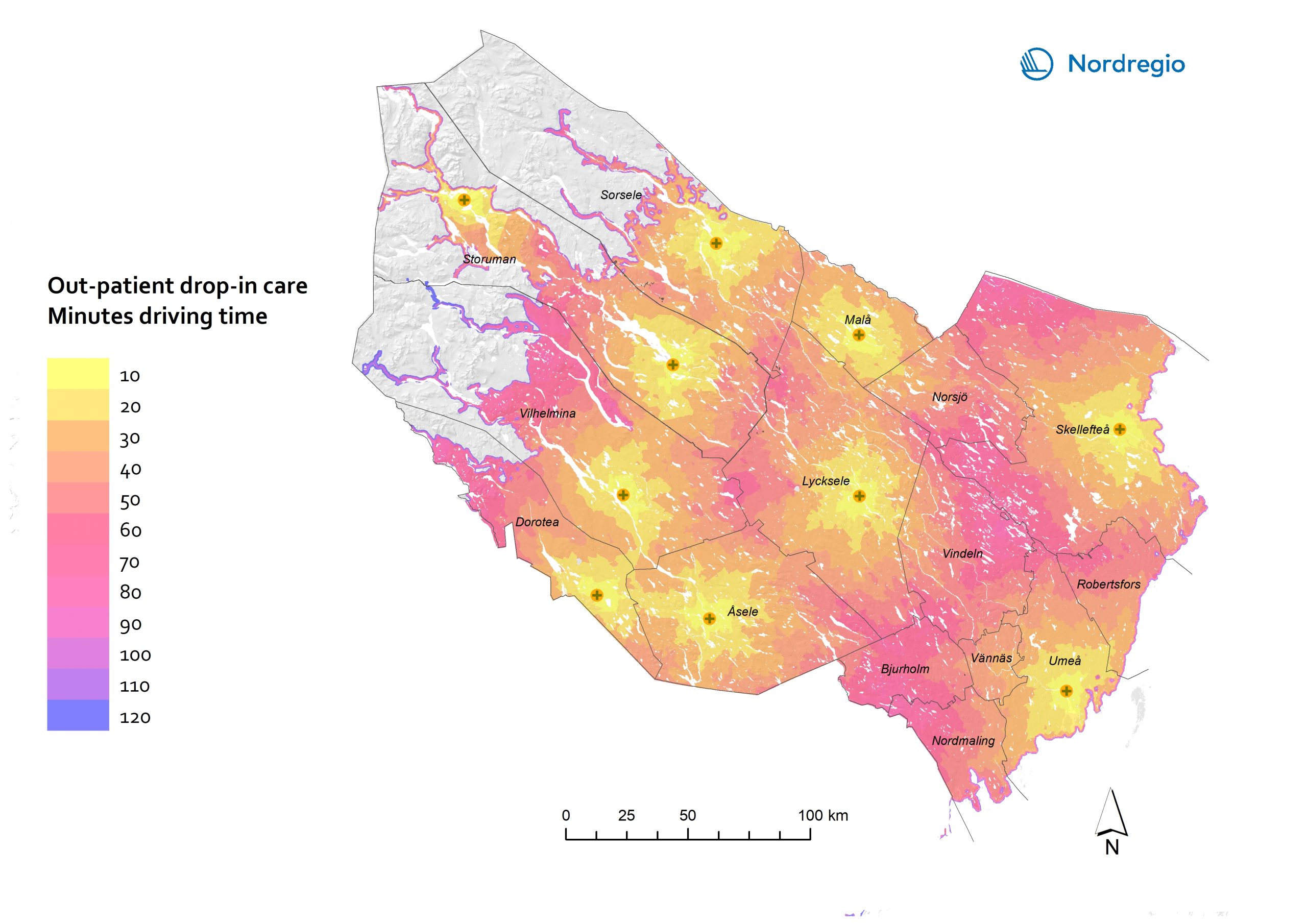
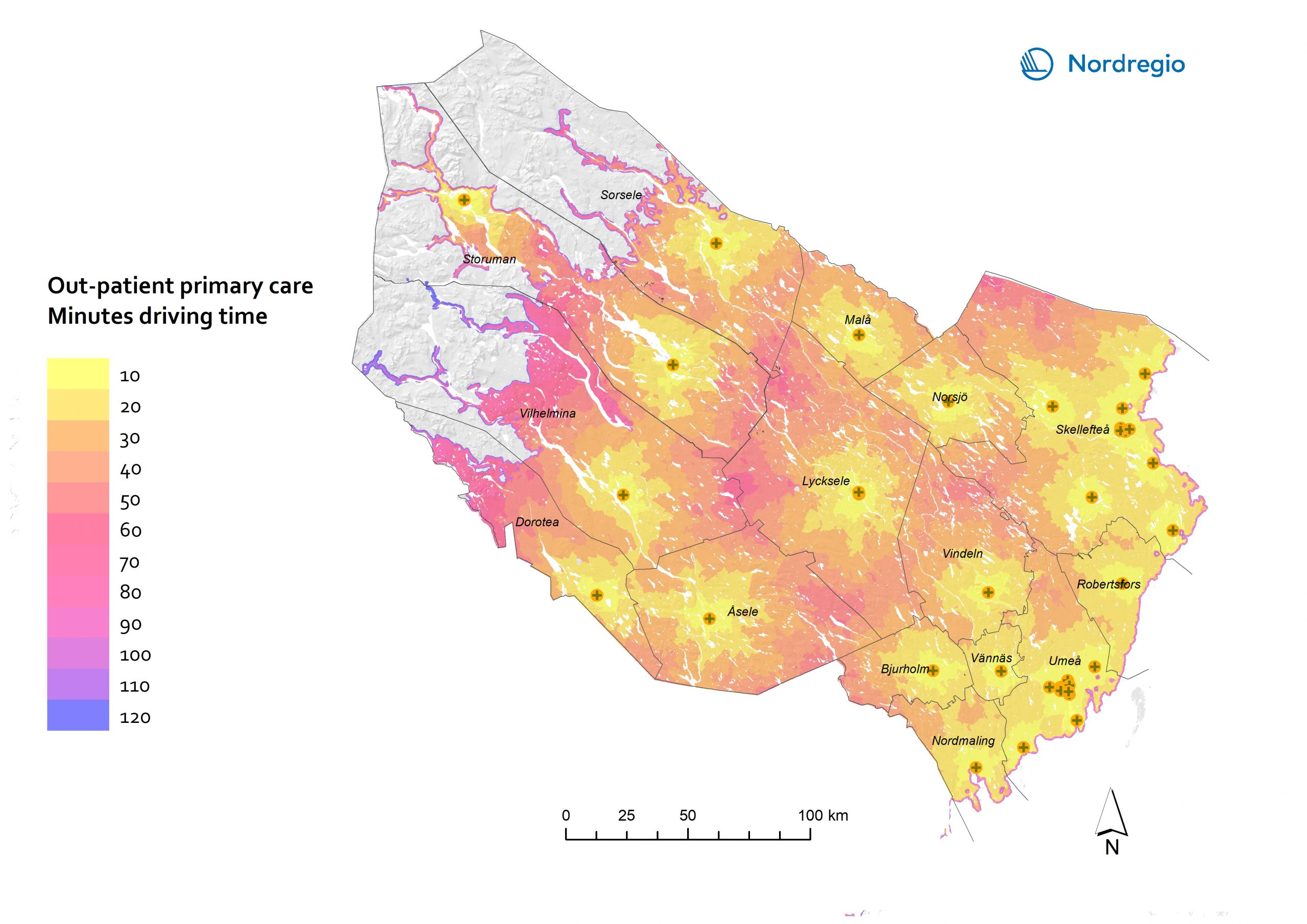
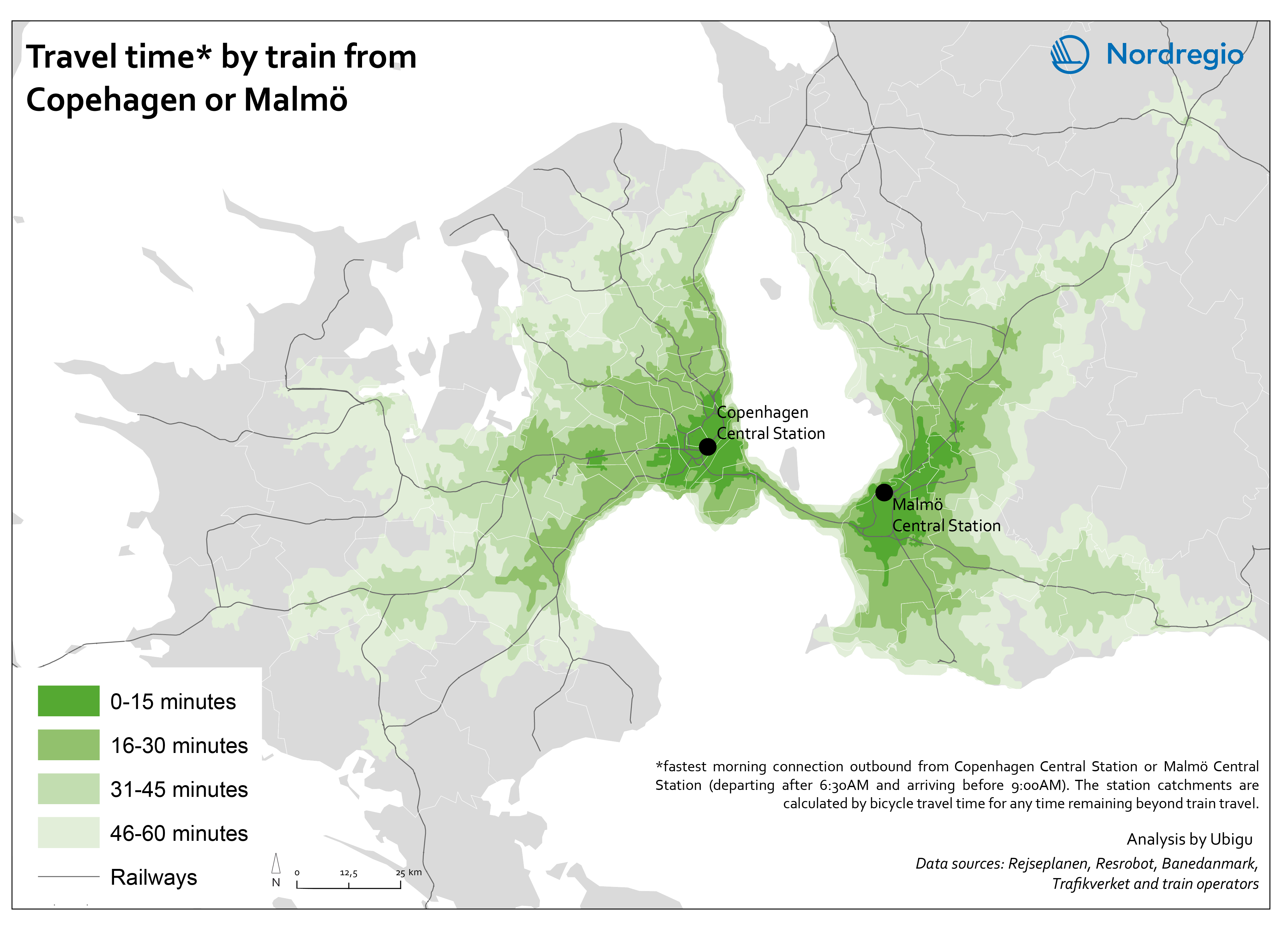
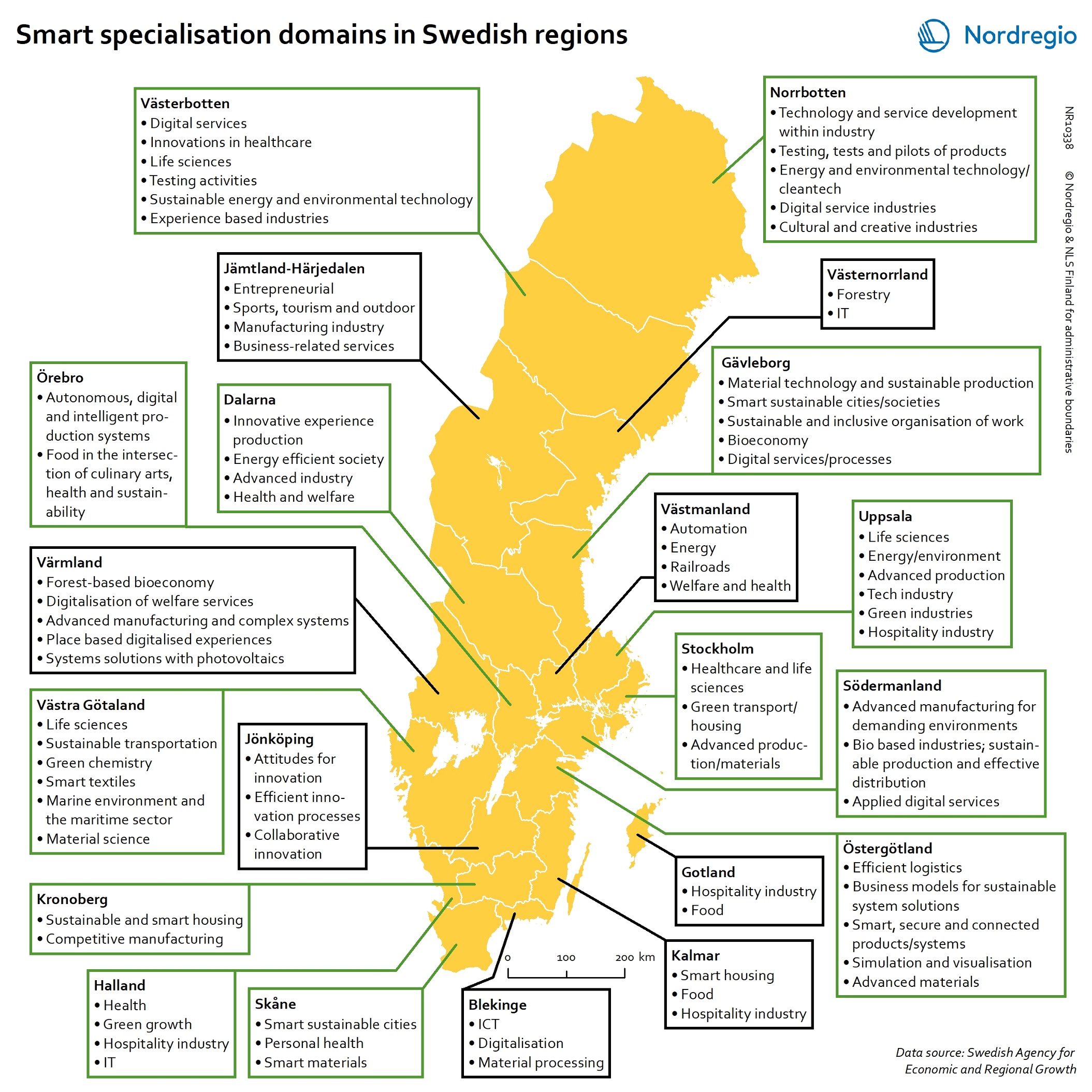
Smart specialisation domains in Swedish regions
This map gives an overview of the S3 focus areas in the Swedish regions in 2019. The major S3 domains in Sweden shown in the map provide a good overview of the key specialisation areas in Sweden. It is possible, for example, to check which Swedish regions have “green”, “sustainable”, “environment” at their smart specialisation domains (marked in green in their respective infoboxes for the domains in the figure). The information illustrated in the map can assist Swedish regions when they are considering opportunities for S3 synergy and co-operation with each other. In Sweden, the Swedish Agency for Economic and Regional Growth (Tillväxtverket) is a central actor in assisting regions in their work with smart specialisation. Tillväxtverket promotes opportunities for cooperation between the Swedish regional S3 processes and provides relevant information and learning seminars related to S3. Read the digital publication here.
2020 February
- Economy
- Research and innovation
- Sweden
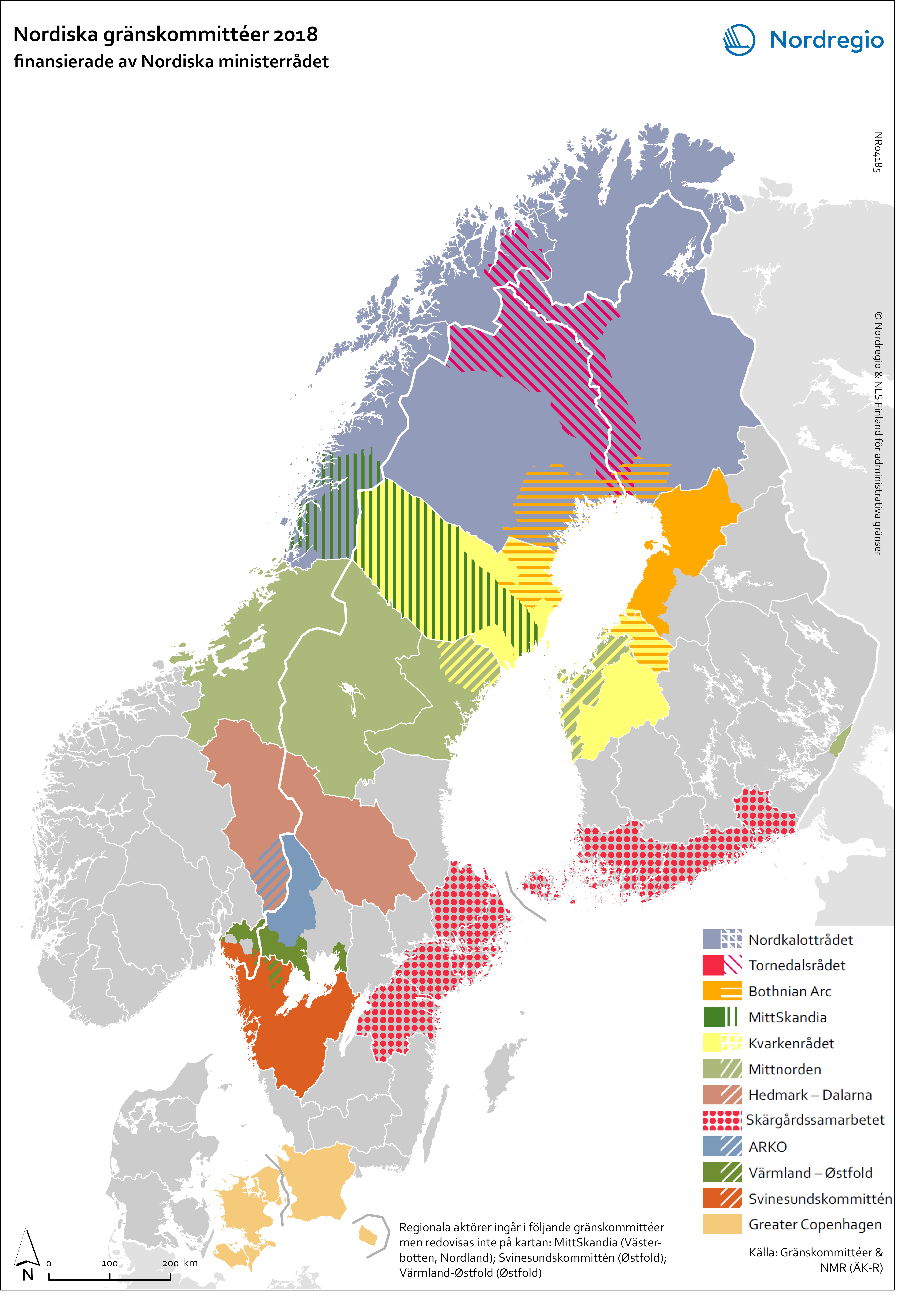
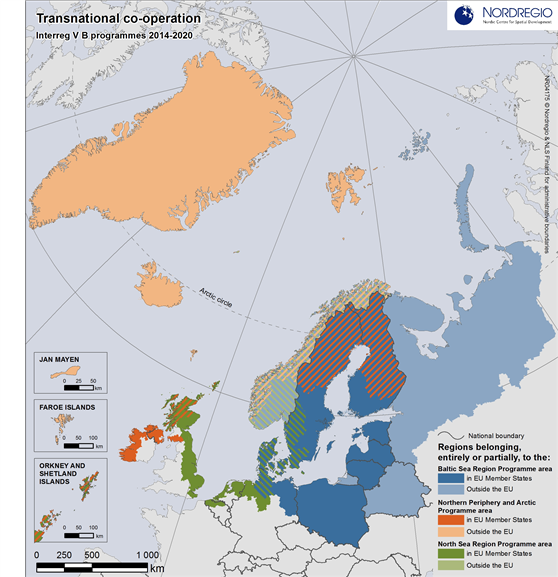
Transnational co-operation
Transnational Cross-border Programmes in Northern Europe for the period 2014-2020 (Interreg V B). The map shows the geography of the cooperation regions and areas in the implementation of the programmes, i.e. North Sea Region, Baltic Sea Region, and Northern Periphery and Arctic Region.
2016 January
- Arctic
- Europe
- Nordic Region
- Territorial cooperation

